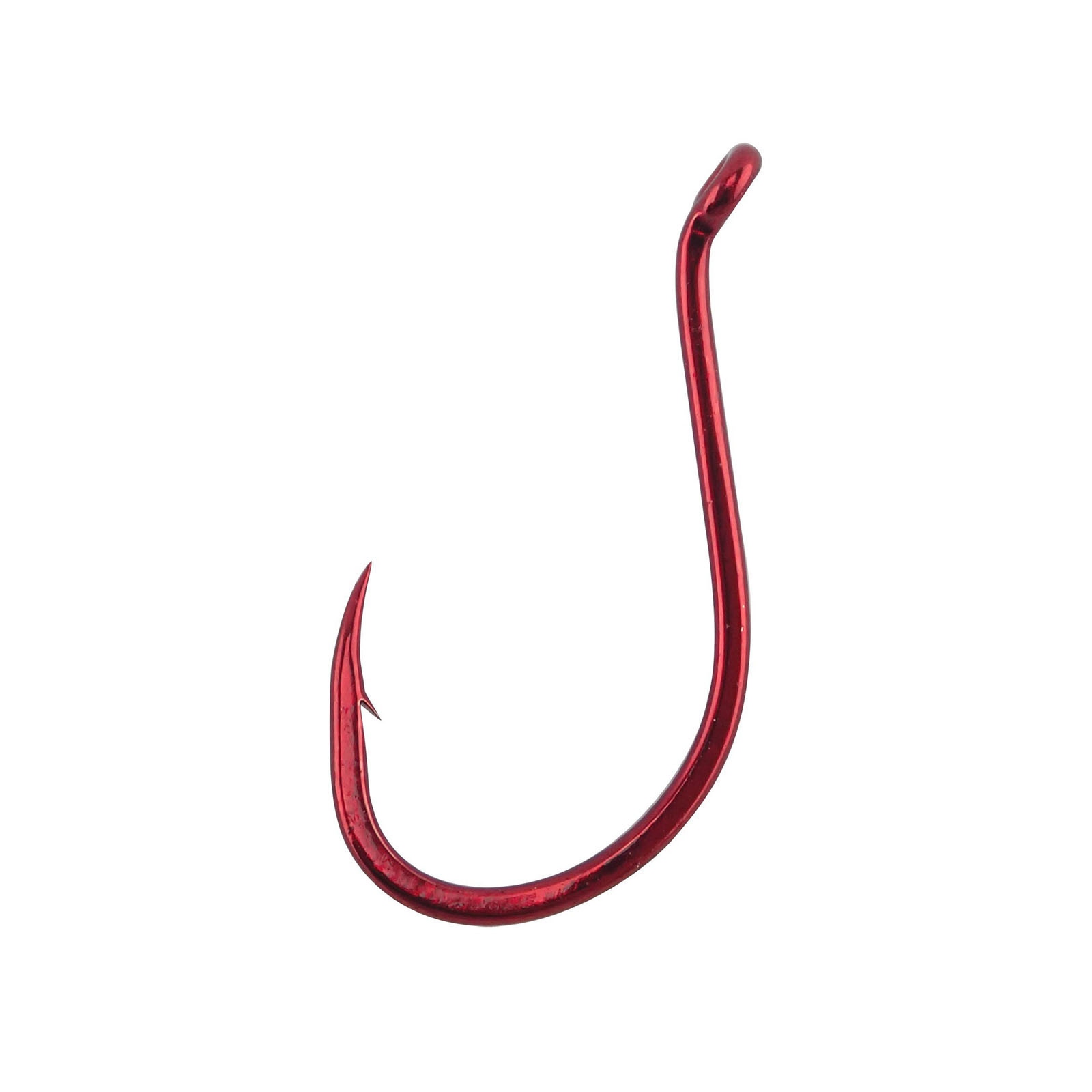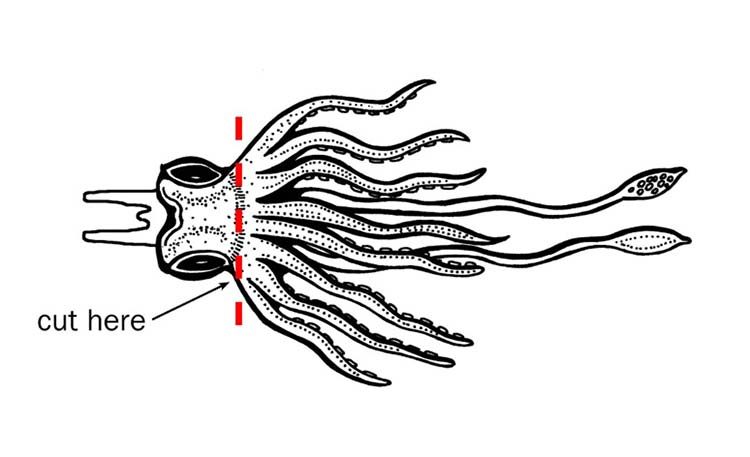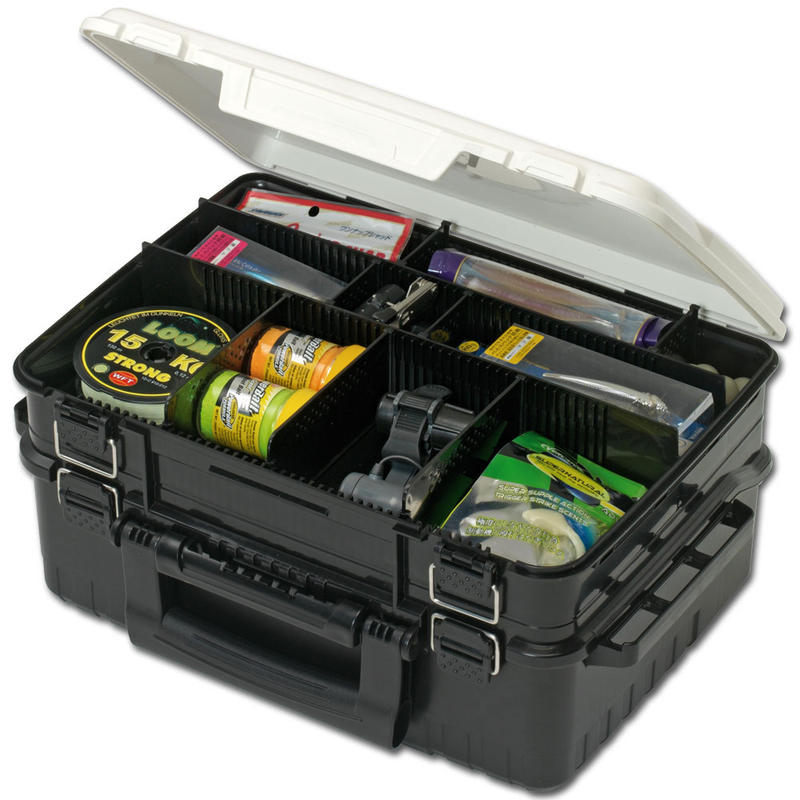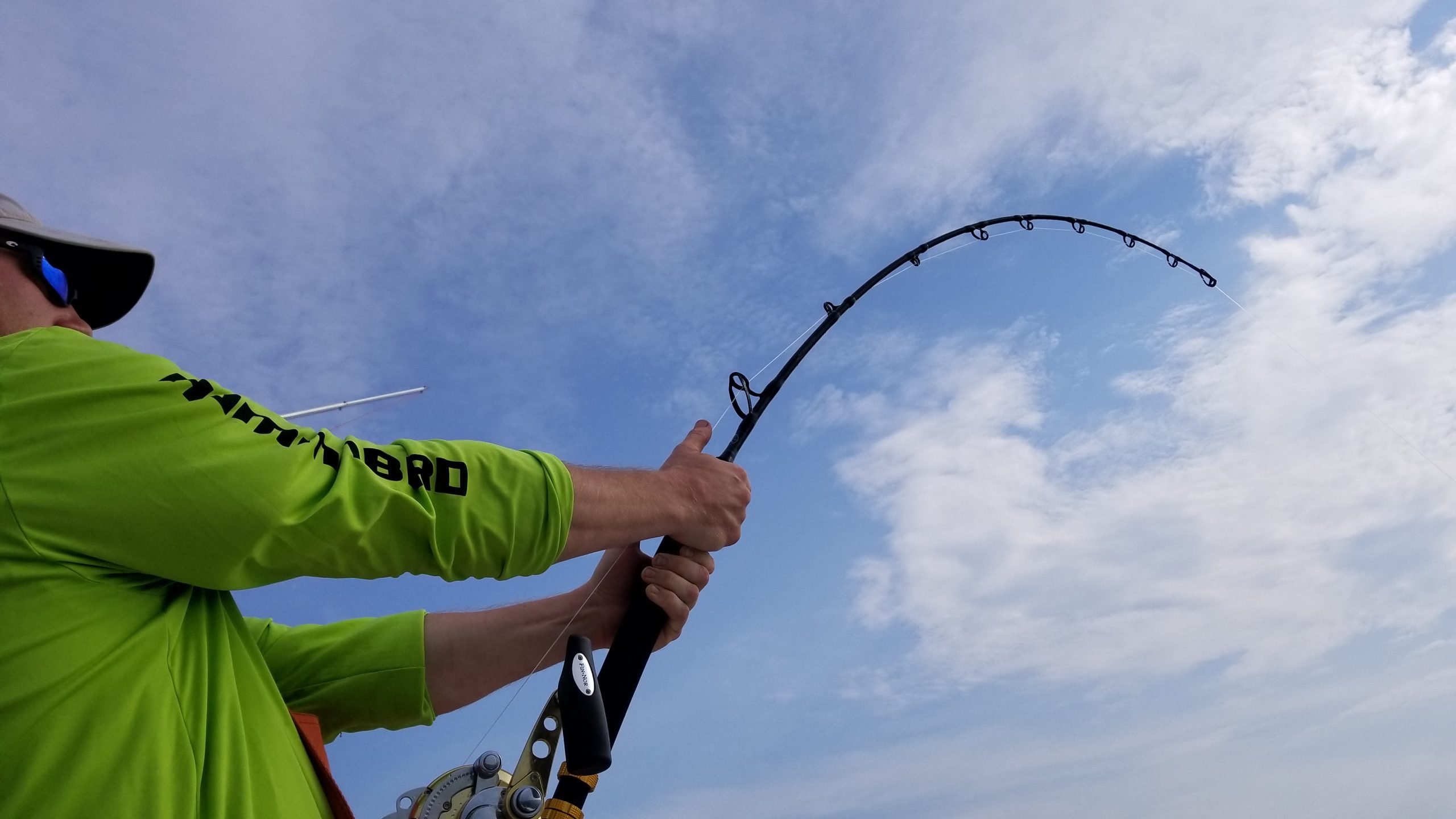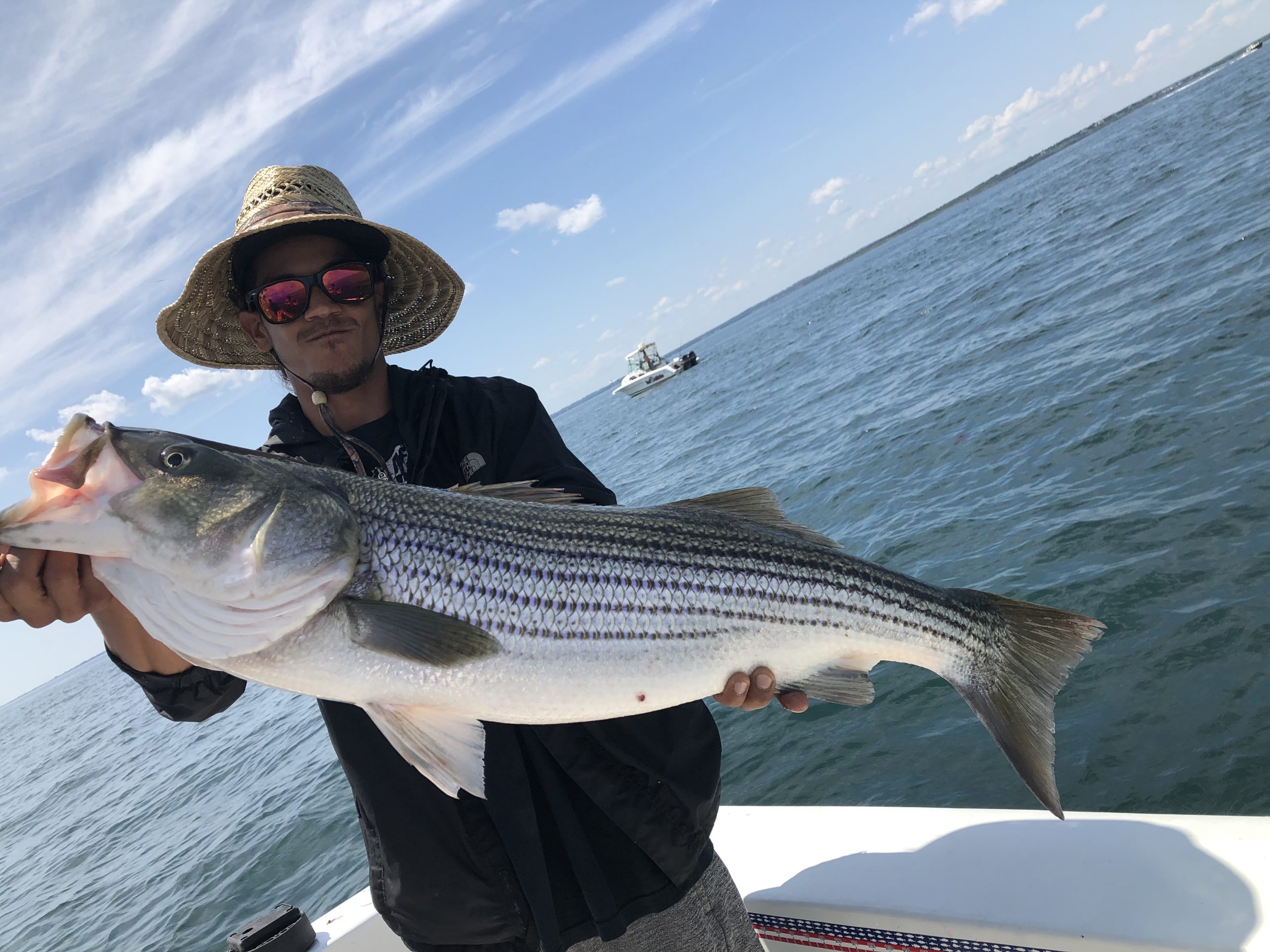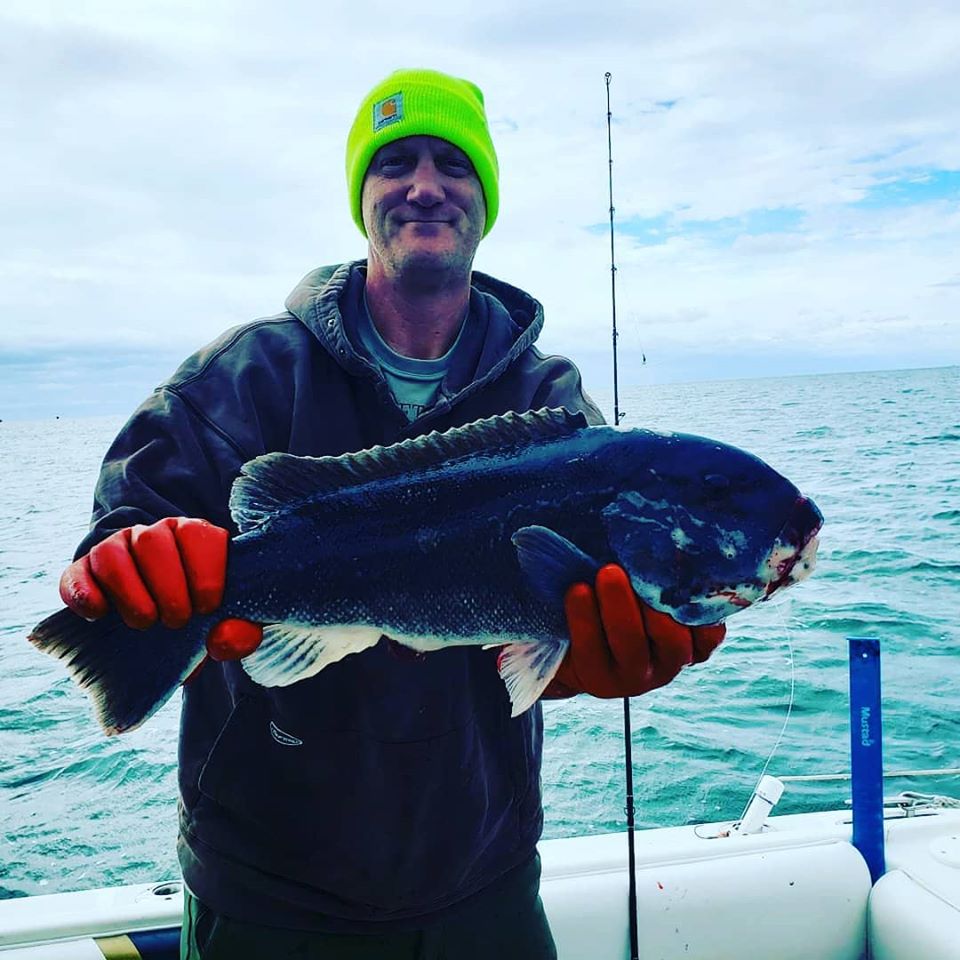How to bleed a bluefish
A bluefish is a popular sport fish found in the Gulf of Mexico. They’re very aggressive and territorial. They can be a challenge when they come into a boat’s bait bucket, but you can get them to bite and bleed without having to mess with them at all. Just be sure to know what kind of lure you’re using and how to cast it properly.
“A lot of people think it is possible to just bleed a bluefish,” says Dr. Scott Thompson, co-founder, and owner of Bluefish Surgical. “The truth is, it is not.”
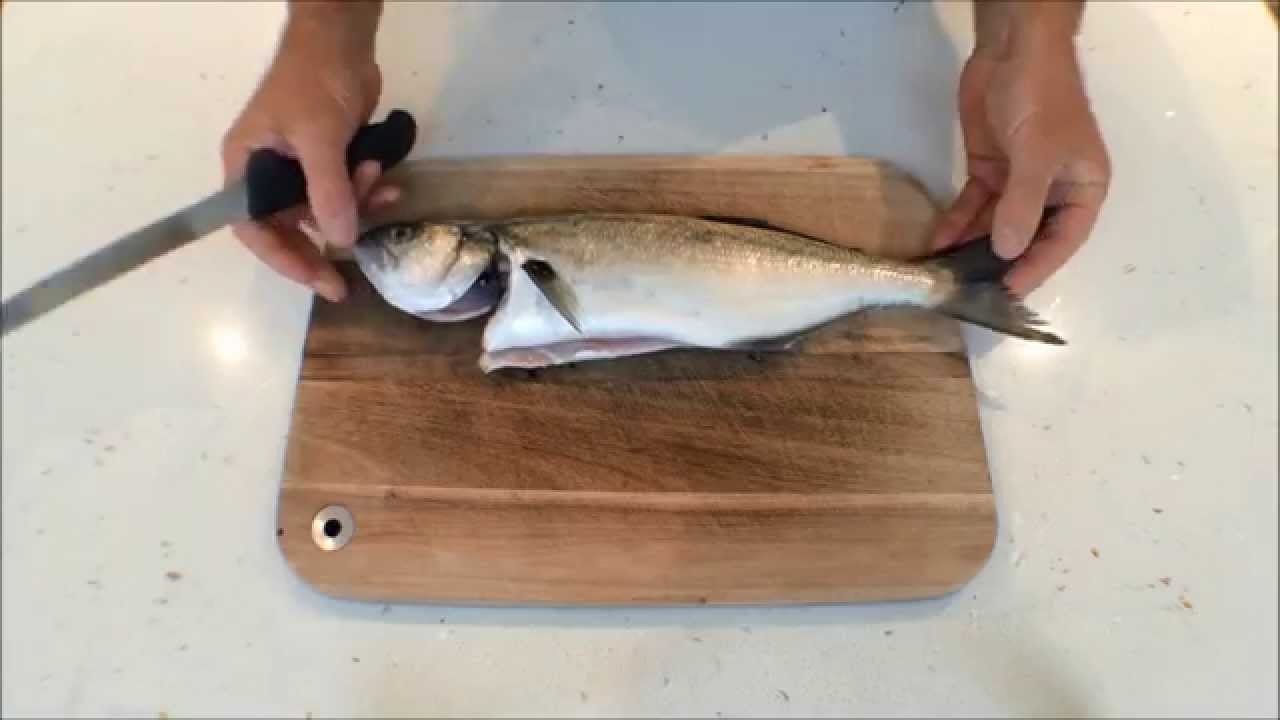
Should you bleed out a blue fish?
Yes, but only if you’re a sushi chef. The term “bleeding out” refers to bleeding the flesh of a raw, whole fish. Bleeding out a blue fish is meant to give a chef a chance to see if the fish is the right size and shape for him or her. If it is, then it is removed from the bleeding pot and placed onto a clean cutting board for service. If not, then it is tossed back into the pot to continue being bled out until the right size is reached.

Bleeding out a blue fish is an important stage in preparing the fish for consumption. To do this, first, you need to decide whether you want to bleed out a whole fish, or if you want to cut the fish into steaks. If you want to bleed out a whole fish, then you need to cut the head and tail off. Now, you can separate the gills, fins, and eyes from the rest of the fish. You should be careful of what you are doing while you are bleeding the fish. You must be very careful because you could easily cut yourself if you slip or make a mistake. When you have finished cutting the fish, it should be ready for cooking. Now, you need to wash it off. The last step is to prepare the fish for cooking. If you have done everything correctly, then the fish should be perfect for eating.
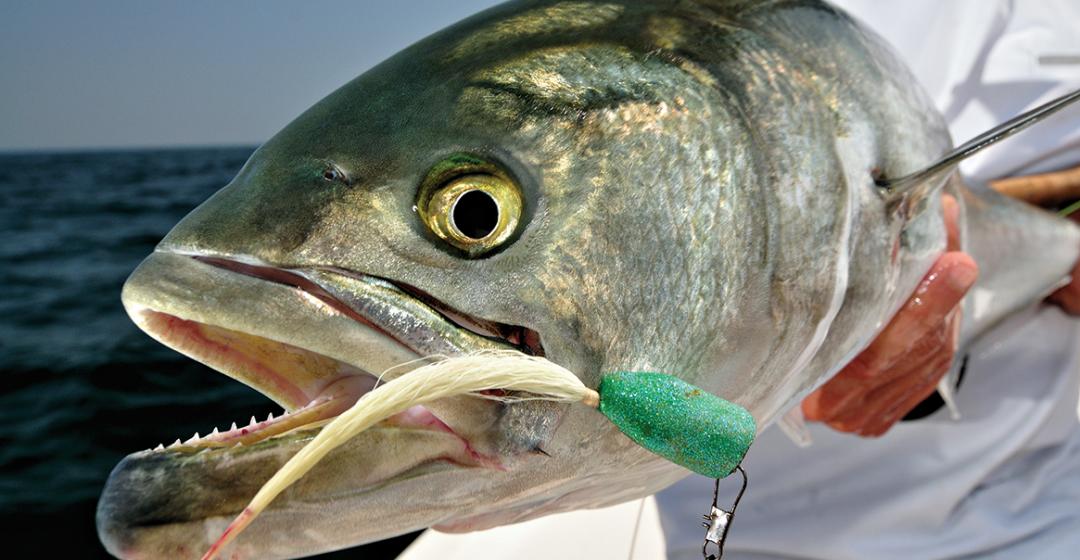
Bleeding out the fish is a great way to check its weight. A good rule of thumb is that if the fish weighs less than four pounds, it is ready. A fish that is too small or too big is discarded. It is also a good idea to bleed out the fish because you want the fish to stay fresh for as long as possible. This can help you to serve the fish as quickly as possible. This is because it takes time for the fish to be ready. It is better to serve the fish sooner rather than later.
How do you get blood out of a fish fillet?
There are many methods to get blood out of a fish fillet, but some work better than others. Fish fillets that have been frozen can often be sliced with a knife and placed into boiling water to get the blood out. To remove the blood, the water should boil slowly (do not boil too fast) for about 15 minutes, or until the blood is completely cooked out.
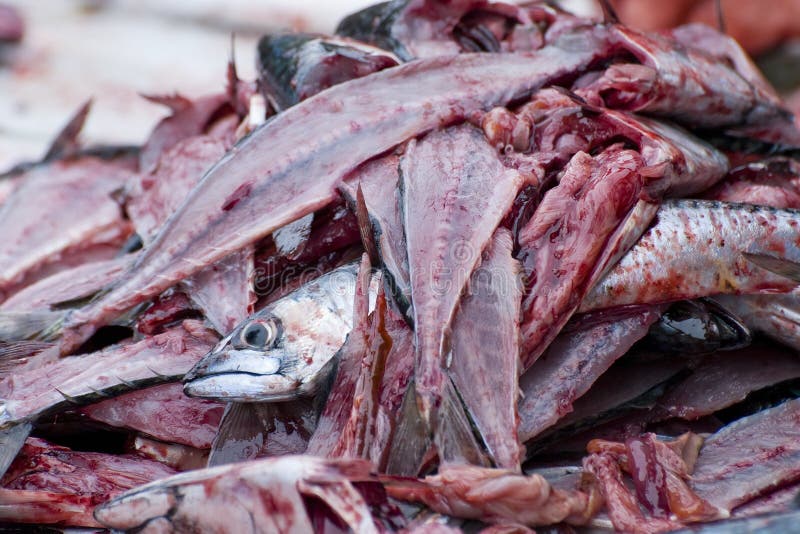
Another method is to boil the fish with a marinade and strain the water after cooking. Make sure that you don’t let the fish get too dark though. You may end up making a black fish. Another good method is to cut the fish up and place it in a bowl with the marinade and spices. Cover the bowl with plastic wrap and put it in the fridge. When you are ready to serve the fish, remove the plastic wrap, drain off the marinade, and then cook it.
Is bleeding a fish humane?
In 2008, a Washington State University professor named Peter McNamee gave a presentation about “fishing humanely.” The title of the talk was “What if a fish has a heart?” and he spent most of the presentation explaining to his audience that fish don’t have a central nervous system, don’t have organs like lungs or a stomach, and are not really conscious. The presentation was well received and the audience enjoyed McNamee’s discussion, but the talk was not exactly the kind of thing you’d expect to lead to any kind of change in the fishing industry.
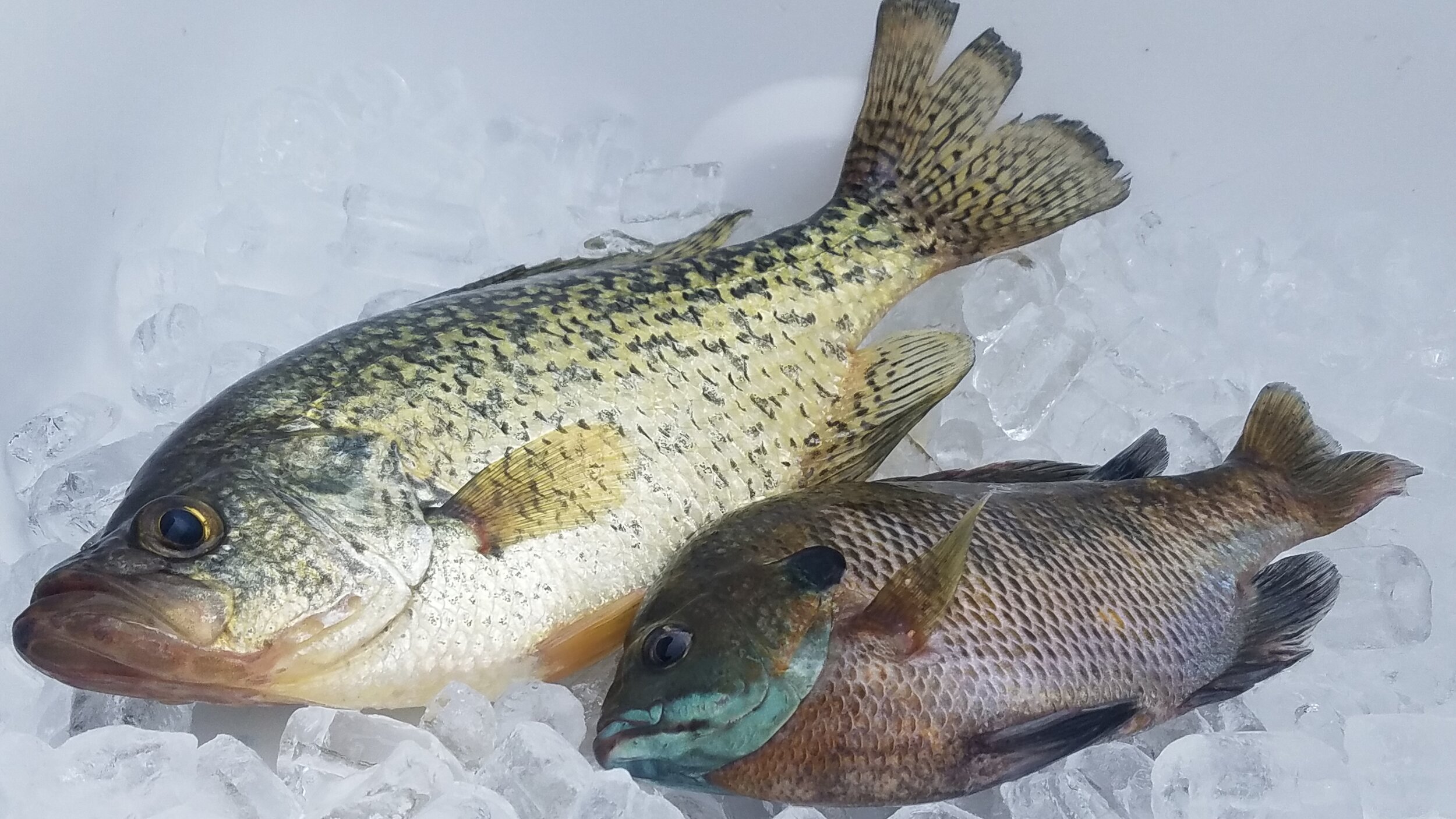
While you might be thinking of bleeding a fish humanely, there are more than a few concerns to consider. First, bleeding a fish is often done as a preventative measure in cases of the disease. It’s meant to help maintain the fish’s overall health. It can be done by pricking the fish’s fin and letting the blood drip out. It doesn’t have to be messy, but it can be if the fish is big or aggressive.
A common practice in fishing is to bleed fish that are sick or diseased. Bleeding a fish this way is a good way to prevent the fish from getting sick in the first place. There are other ways to do this that are less messy. If a fish gets an infection in its liver, you can use a syringe to inject a chemical called erythromycin into the fish’s abdominal cavity. This medication will prevent the fish from getting an infection. It also helps treat infections that have already taken hold.
Another concern is the risk of overfishing. If there are too many fish in the water, the fish will not be able to eat enough food and will suffer from malnutrition. This can cause them to grow quickly and become overweight. If the oily fish are heavy, they will sink to the bottom of the ocean and are unable to move around. They will also be less likely to escape predators like sharks or seals. Fish can only survive for so long before they die. This means that if they are not killed, they will continue to reproduce and add to the population.
This isn’t the first time that we’ve had to consider how much we catch in the ocean. The World Resources Institute states that there is a huge difference between the sustainable amount of fish upside that should be caught. The global catch should be set at the level that can be consumed by the planet’s population without causing damage to the ecosystem. We have to consider the impact that fishing gear is having on the ocean. According to the United Nations, almost 40% of all marine fish species are in danger of extinction. Some species of fish are at risk of becoming extinct because they have very small populations. If a species disappears, it will not be replaced. There will be no one to keep the population alive. This means that they will never get the chance to breed.
There are other concerns to consider when we talk about bleeding fish and killing fish quickly. This practice has been linked to the spread of diseases like salmon anemia. The practice of bleeding fish has also been associated with sea lice. When you bleed bluefish it produces tastier fillets, the saltwater can dry up the wound. This makes it harder for parasites and bacteria to stay on the fish. This increases the chances of them spreading to other fish. Fish should be handled carefully if they are to be bled using a knife blade that is sharp. They need to be handled gently so that their wounds don’t become infected. The fish should also be held by the gills so that the blood drains out and does not drip down the fish’s body. This is because the blood is acidic and it can cause problems for the fish if it gets
Can you bleed a fish after its dead?
The answer to this question might be “yes,”. To bleed a fish, all you need is a needle and a steady hand or a sharp knife. This is because fish’s head have a very thin layer of skin on their body, and blood is stored inside their bodies. Normally you will bleed it before you cook fish.




